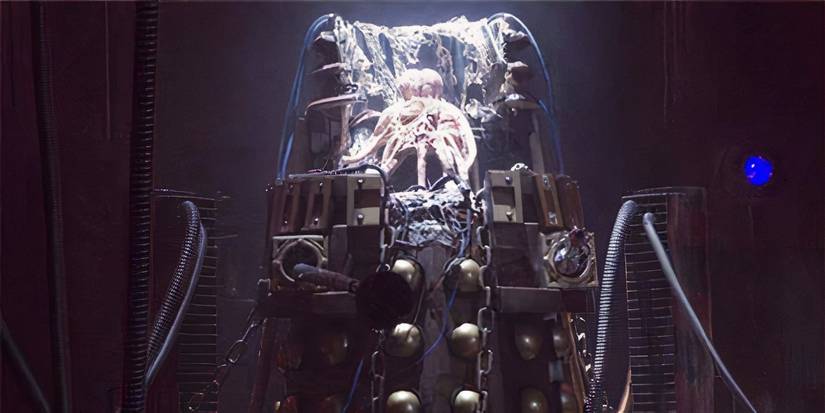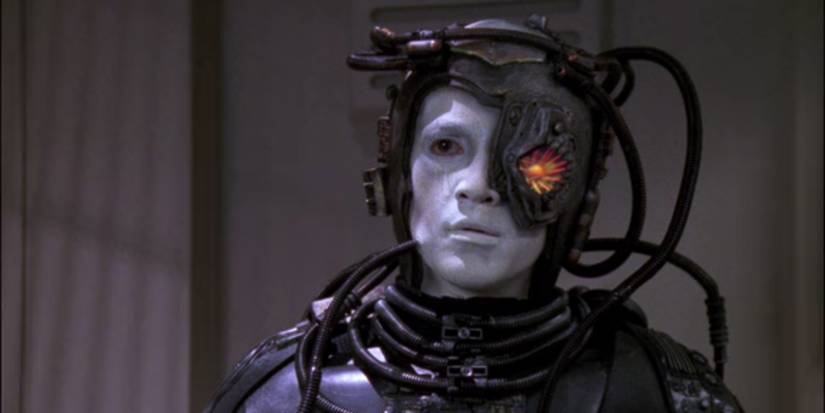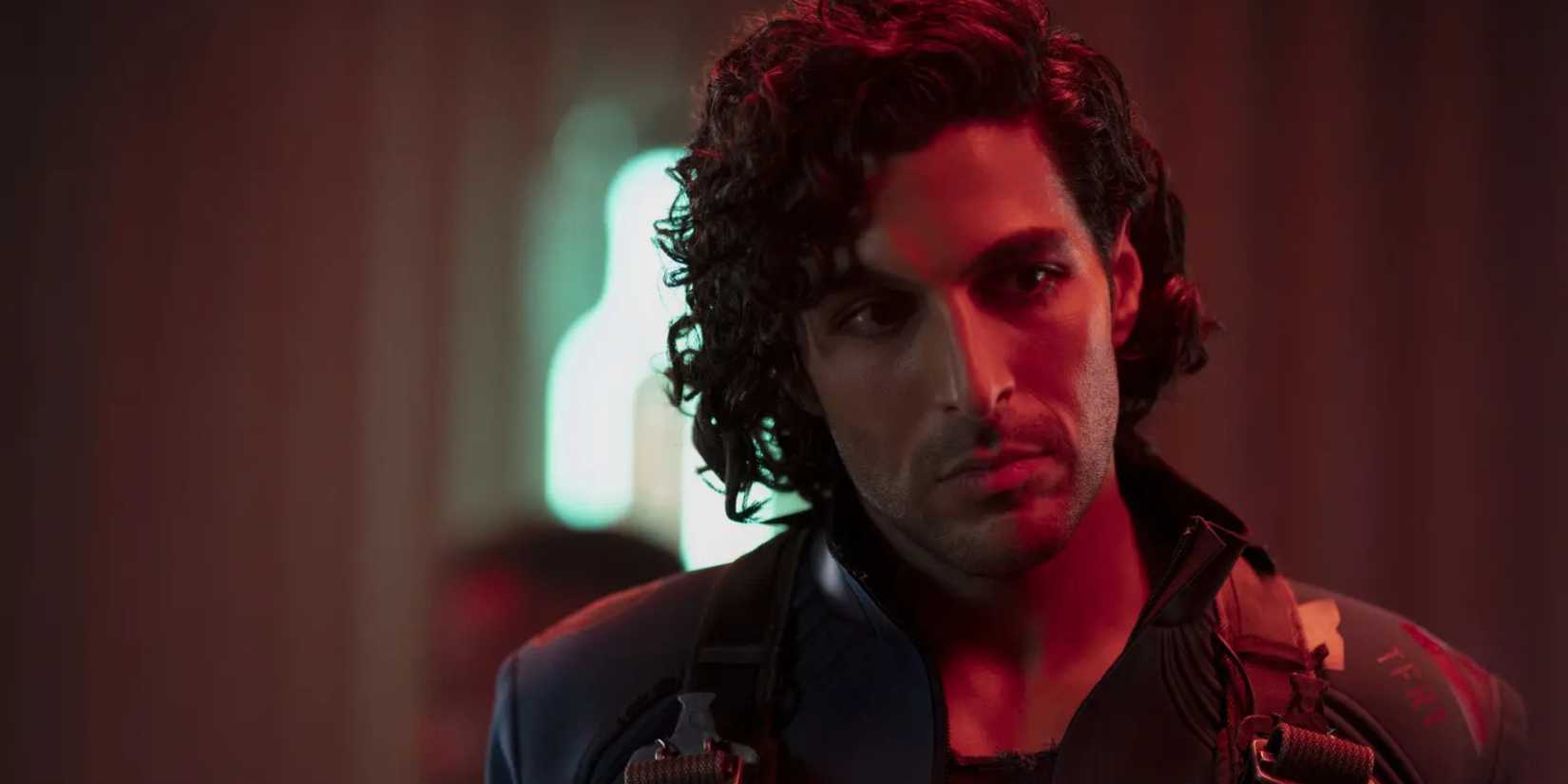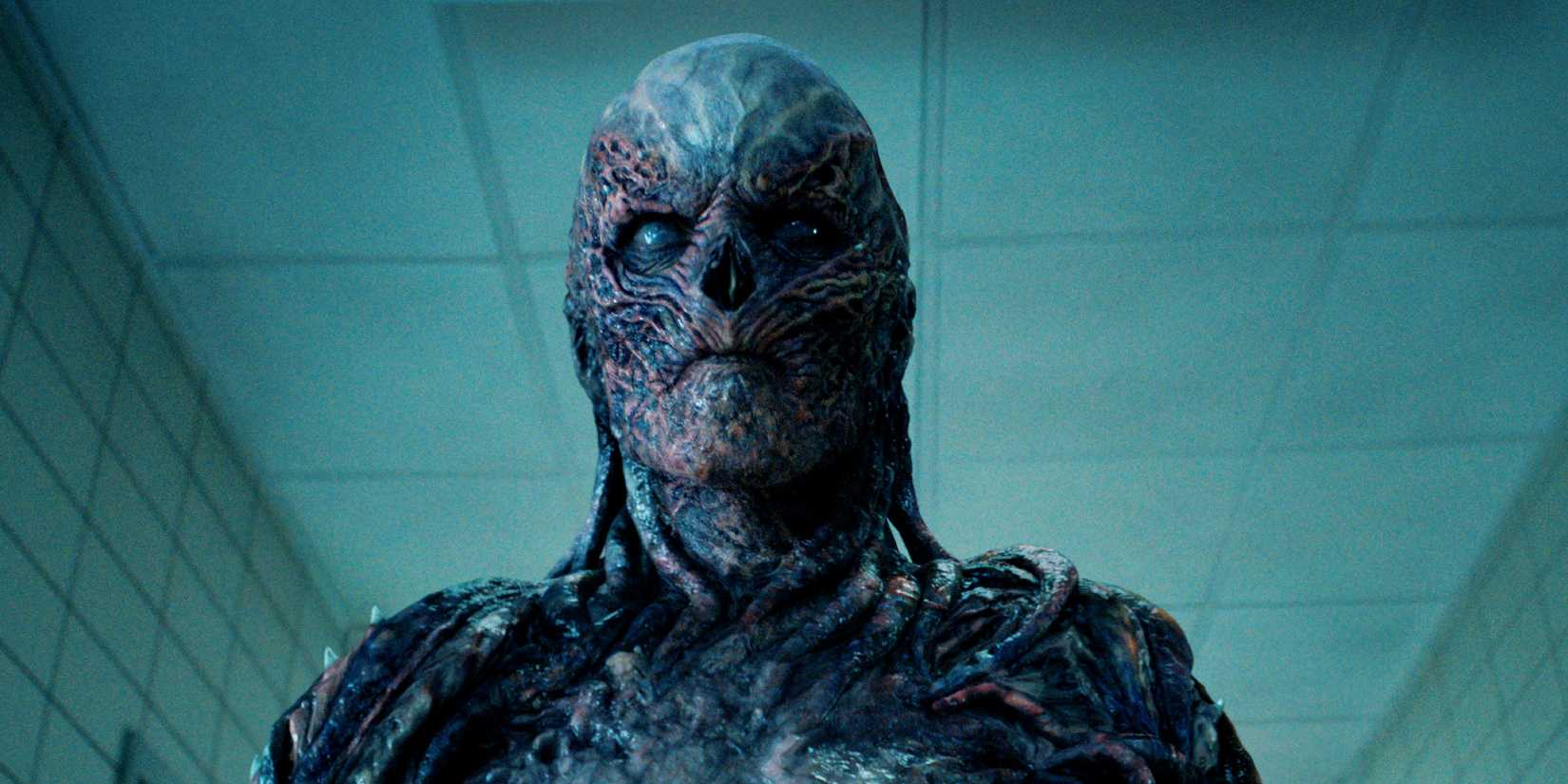
Science fiction television often relies on strong villains more than almost any other genre. From classic shows of the past to today’s big-budget series, sci-fi has always done well when it features a truly compelling and dangerous enemy. When a sci-fi show is really successful, it’s often because an unforgettable villain is pushing the story in exciting and challenging directions.
Many sci-fi shows have memorable villains, but only a handful feature antagonists who truly stand the test of time. These series create enemies that are uniquely designed, thoughtfully developed, and deeply connected to the show’s core ideas. They become so iconic that they’re forever linked to the series – and sometimes even change how villains are portrayed in science fiction as a whole.
Heroes (2006-2010)
A New Top-Tier Villain In Every Season

The TV show Heroes was known for its ups and downs in quality, but it consistently featured excellent villains. The show’s knack for creating memorable antagonists each season is one of its biggest achievements in 2000s science fiction television. It started with Sylar (played by Zachary Quinto), who quickly became a standout character thanks to his unsettling accuracy and ever-growing threat.
Heroes consistently delivered compelling villains, and Adam Monroe (played by David Anders) was a standout. As an immortal with a history spanning centuries, he brought a legendary quality to the show’s backstory. Monroe wasn’t simply evil; his actions were driven by a mix of pride, strong beliefs, and intense anger, elevating the series beyond a typical superhero versus supervillain story.
Robert Forster, as Arthur Petrelli, completely changed the game. He brought this incredibly subtle but unsettling presence to the show, elevating the family drama to something truly epic – almost Shakespearean, honestly. Arthur wasn’t just powerful in terms of abilities; he was a master manipulator, and that made him a seriously disruptive force in the storytelling. He kept you constantly guessing, and that’s a testament to Forster’s performance and the writers’ cleverness.
Sam Sullivan, played by Robert Knepper, was a compelling villain – both mesmerizing and deeply sad. He appeared in season 4 when the show was already struggling, but his performance proved that Heroes could still create fantastic villains, even if the overall story wasn’t working. While The Boys‘ Homelander is often cited as a great superhero villain today, Heroes paved the way for characters like him.
Doctor Who (1963-Present)
A Sci-Fi Icon Has An Equally Iconic Rogue’s Gallery

Throughout its many years on television, Doctor Who has given us some of the most famous villains in science fiction. The Daleks, with their striking look and ruthless nature, are a remarkable creation. Their simple catchphrase – “EXTERMINATE” – actually made them incredibly popular and cemented their place in pop culture.
The Cybermen are equally unforgettable. Their chilling quest to turn living creatures into cyborgs plays on our deep-seated fear of losing what makes us human. They’ve appeared throughout the show’s history, constantly changing with the times but always remaining frighteningly effective.
The Master is one of the Doctor’s greatest enemies, and many actors have played the role, including Roger Delgado, John Simm, and Michelle Gomez. Each version of the Master brings a unique blend of chaos, charisma, and fear. What makes the Master so compelling is their similarity to the Doctor – they share the same intelligence and unconventionality, but are motivated by destruction instead of kindness.
While not everyone enjoys Doctor Who, its collection of villains is remarkably strong. These characters have remained popular for decades because they represent universal themes with a unique science fiction twist, making them instantly recognizable worldwide – right up there with iconic villains like Darth Vader.
Star Trek: The Next Generation (1987-1994)
TNG Elevated Star Trek’s Villains To Larger-Than-Life Status

I’ve always loved a good villain in Star Trek, but The Next Generation really took things to another level. For me, the Borg perfectly show how they did that. They weren’t just scary; their whole idea of a single, emotionless collective was genuinely terrifying and made them one of the best threats science fiction has ever seen. They made you think about what it means to be an individual, the importance of fighting for what you believe in, and just how far someone would go to survive.
The show didn’t stop with typical villains. The character of Q, played by John de Lancie, was a unique challenge: he was powerful and playful, but also loved to debate and cause trouble. Instead of trying to destroy the Enterprise, Q made Captain Picard and his crew think deeply about what it means to be human, exploring both our weaknesses and our possibilities.
The villains in The Next Generation were particularly well-developed and impactful. Characters like the Romulans and Cardassians weren’t just enemies; they brought political intrigue and complexity to the Star Trek universe. They made the show’s stories about diplomacy more interesting and moved beyond simple conflicts between good and evil.
The villains from Star Trek: The Next Generation continue to influence the entire franchise. Later shows, like Deep Space Nine and Picard, built upon and developed these villain types. But it was TNG that first showed how space adventures could have complex themes, believable characters, and lasting appeal.
The Expanse (2015-2022)
The Expanse Excels By Giving Every Villain Believable Motives

What makes The Expanse so compelling is that its ‘villains’ rarely see themselves as bad people. They’re driven by things like political obligations, the need to survive, or deeply held beliefs. This complexity—avoiding simple good versus evil—is what truly sets the show apart in the realm of science fiction.
Characters like Marco Inaros demonstrate this idea perfectly. While his actions are frightening, they stem from deep-seated pain, a history of being overlooked, and a strong longing for independence for those living in the Belt. The fact that he can earn such strong loyalty from others shows that his villainy feels real and understandable.
Characters like Chrisjen Avasarala and Jules-Pierre Mao aren’t simply villains; their motivations are complex. They act based on things like loyalty, their position in society, fear, or practical reasoning, rather than pure evil. The show, The Expanse, consistently demonstrates that power comes at a cost, and these characters feel the consequences of their actions.
This intricacy extends to the show’s overall world-building. The governments of Earth, Mars, and the Belt feel believable because no group is simply all good or all bad. By giving its villains realistic motivations and personal beliefs, The Expanse creates some of the most interesting and important antagonists in science fiction today.
Stranger Things (2016-2025)
Supernatural And Human Threats Blend Into Unforgettable Villains
 Courtesy of Netflix
Courtesy of Netflix
Vecna (Jamie Campbell Bower) quickly became one of the most memorable villains in recent science fiction television. Introduced in later seasons of Stranger Things, he dramatically raised the stakes for the show. Vecna isn’t just scary to look at; his focus on psychological torment makes him a truly effective and compelling villain.
Vecna isn’t the only great villain in Stranger Things. The Mind Flayer also poses a significant threat – it’s a huge, mysterious intelligence that steadily increases the fear and danger in Hawkins. Its ability to control others like a hive mind, and the terrifying creatures it creates, make the central conflict feel like a world-ending event, and every confrontation incredibly dangerous.
Beyond its supernatural elements, Stranger Things features compelling villains. Dr. Brenner (Matthew Modine) is particularly effective – his quiet ruthlessness and dedication to science tap into relatable fears. The complex dynamic between him and Eleven (Millie Bobby Brown), where he acts as a father figure, adds emotional weight to the story, making it unclear whether he’s trying to help or control her.
What makes Stranger Things so compelling is the way its villains combine science fiction, horror, and strong character development. These villains aren’t just scary because of what they can do; they’re frightening because of their personal connection to the heroes. This mix of emotional impact and epic scope is what establishes Stranger Things as a standout in science fiction villainy.
Read More
- Золото прогноз
- The Most Controversial Isekai Anime of the Year Was Much Better as a Light Novel
- Brett Goldstein Explained Why He Wrote A Rom-Com For JLo, And Of Course It Involved A Few Curse Words
- 007 Rumor Reveals Amazon MGM’s Favorite for Next James Bond Actor
- Прогноз нефти
- Прогноз криптовалюты NEAR: прогнозы цены NEAR
- Сургутнефтегаз префы прогноз. Цена префов SNGSP
- DC Reintroduces Darkseid in Mister Miracle Animated Series Under Direction of Tom King, DCU Status Uncertain
- Доллар обгонит канадский доллар? Эксперты раскрыли неожиданный сценарий
- Elio (2025) Release Date, Time, Where to Watch
2025-11-16 03:30